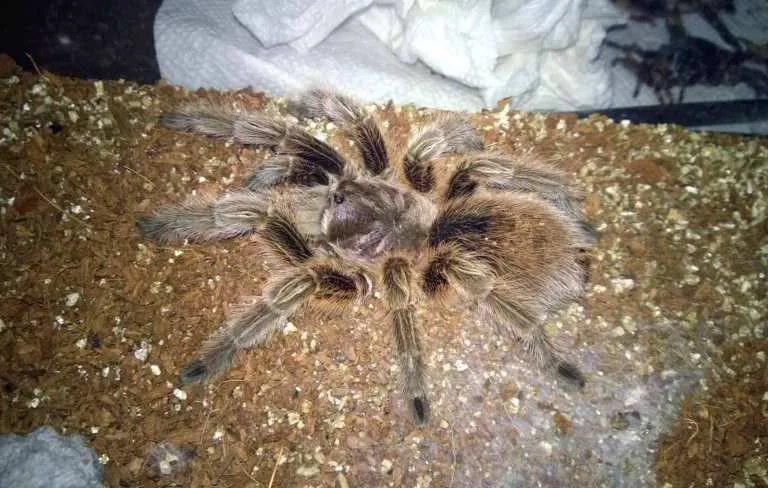Why Choose a Beginner Tarantula?
Considering a tarantula as a pet? They’re captivating creatures, and for many, they’re the perfect entry into the world of exotic pets. Beginner tarantulas offer a unique opportunity to learn about arachnids without overwhelming complexity. Their relatively low maintenance requirements, coupled with their fascinating behavior, make them a great alternative to more common pets. They also offer an excellent opportunity for educational experiences, teaching responsibility and providing a daily connection with nature. The calm demeanor of several species, along with the vibrant colors and unique characteristics, are also great reasons to start your tarantula journey!
Benefits of Owning a Tarantula
Owning a tarantula offers several surprising advantages. One of the main advantages is their low-maintenance lifestyle. Unlike dogs or cats, tarantulas don’t require daily walks, grooming, or constant attention. They are generally quiet and don’t make noise, making them suitable for apartment living or for people with noise sensitivities. Furthermore, tarantulas are relatively inexpensive to care for, especially when compared to other pets. The cost of food and habitat setup is typically quite reasonable. They also take up little space, requiring only a terrarium of suitable size. Finally, observing a tarantula can be quite therapeutic, providing a calming and engaging hobby for those seeking a unique pet experience.
Top 5 Beginner Tarantula Species
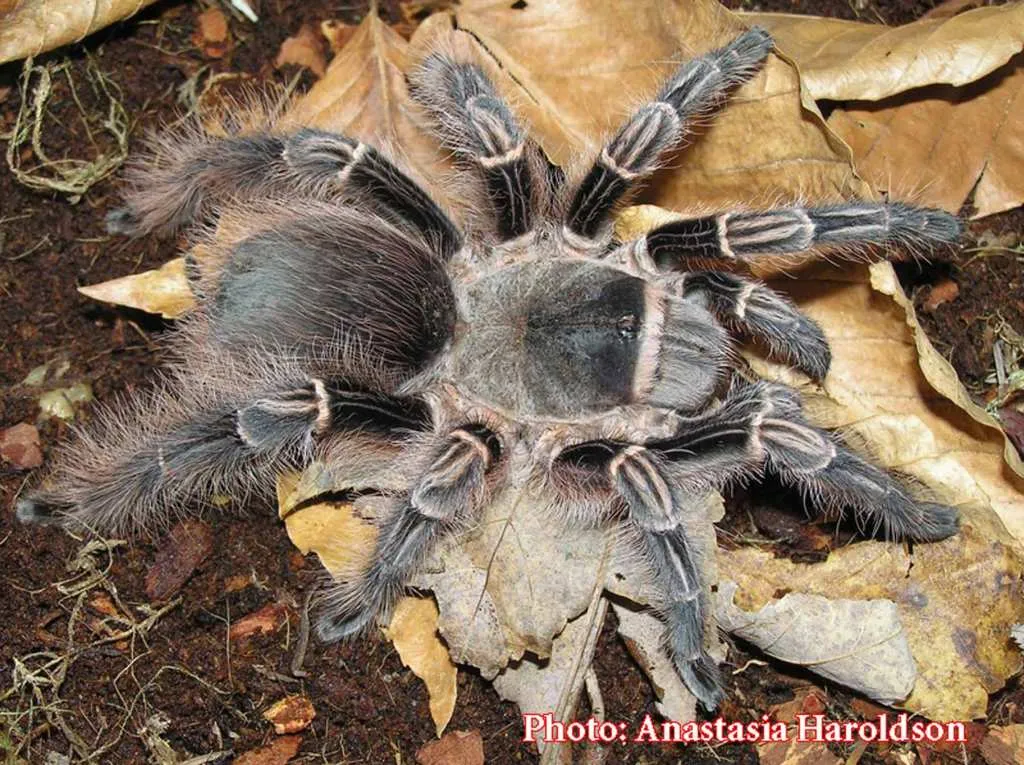
Selecting the right tarantula is critical for a successful and enjoyable pet-keeping experience. The following species are renowned for their docile temperaments, ease of care, and overall suitability for beginners. Each offers a unique aesthetic appeal and presents a manageable challenge for those new to tarantula ownership. Remember to research and prepare for the specific needs of any tarantula before acquiring one.
The Chilean Rose Hair Tarantula
Appearance and Characteristics
The Chilean Rose Hair (Grammostola rosea) is arguably the most popular beginner tarantula. It boasts a beautiful, unassuming appearance, with a velvety brown or reddish-brown coloration and long, delicate hairs. They typically grow to a moderate size, with females reaching up to 6 inches in leg span, making them manageable for handling and observation. They are also long-lived, with females potentially living for over 20 years under the right conditions, and known for their calm and docile nature, which makes them a pleasure to own for both beginners and experienced keepers.
Temperament and Handling
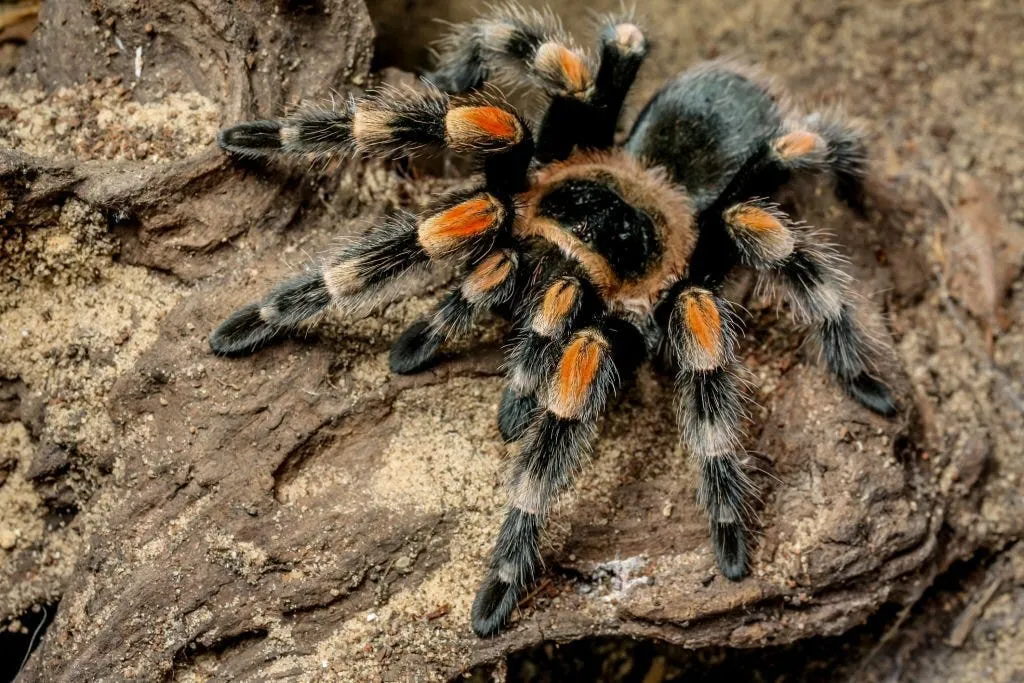
Chilean Rose Hairs are generally known for their docile temperament, making them relatively easy to handle, though it’s always best to handle with caution. They rarely bite unless provoked, and their venom is considered mild, similar to a bee sting. However, like all tarantulas, they can flick urticating hairs as a defense mechanism, so it is important to avoid touching their abdomen. Handling should be done gently and with respect for the spider’s comfort. It’s best to start by letting them walk onto your hand rather than picking them up. Remember, observing their behavior and respecting their space is key to safe and enjoyable interactions.
Care and Habitat
Caring for a Chilean Rose Hair tarantula is fairly straightforward. A 5-10 gallon terrarium with a secure lid is typically sufficient. The substrate should be a mix of peat moss, coconut fiber, and a bit of vermiculite, offering good moisture retention and a safe environment for burrowing. Maintain a temperature between 70-80°F and provide a shallow water dish for hydration. Feed them a diet of appropriately sized insects such as crickets, mealworms, or roaches, 1-2 times a week. Always provide a hide, such as a piece of cork bark or a half-log, to provide a sense of security.
The Pinktoe Tarantula
Appearance and Characteristics

The Pinktoe tarantula (Avicularia avicularia) is another great choice. This arboreal species is known for its vibrant appearance and unique behaviors. The tarantula gets its name from the pinkish pads on the tips of its feet, contrasting beautifully against its dark body. They have a more slender build compared to other tarantulas, adding to their graceful appeal. The Pinktoe’s relatively small size, with adults reaching about 5-6 inches in leg span, makes them a manageable pet, perfect for intermediate or novice owners.
Temperament and Handling
Pinktoes tend to be a bit more skittish than some other beginner species, which can be a positive and engaging feature for some keepers. They can move quickly, so it is important to exercise caution when handling, but they are generally not aggressive and rarely bite. However, they can jump, and you should watch out for this. When they feel threatened, they may flick their urticating hairs as a defense. Handling should be kept to a minimum, if at all, as it can stress them. Admiring these tarantulas within their habitat is frequently the best method of enjoyment and observation.
Care and Habitat
Pinktoes are arboreal tarantulas, requiring a vertical enclosure at least 12x12x18 inches. The habitat should have good ventilation and humidity. The substrate should be a mix of coconut fiber and sphagnum moss to retain moisture. Provide plenty of climbing opportunities, such as cork bark, branches, and artificial plants, to mimic their natural habitat. They require a temperature between 75-85°F and moderate humidity levels, which can be achieved by misting the enclosure regularly. Feed them with a diet of crickets and roaches. They will also require a shallow water dish for hydration.
The Curly Hair Tarantula
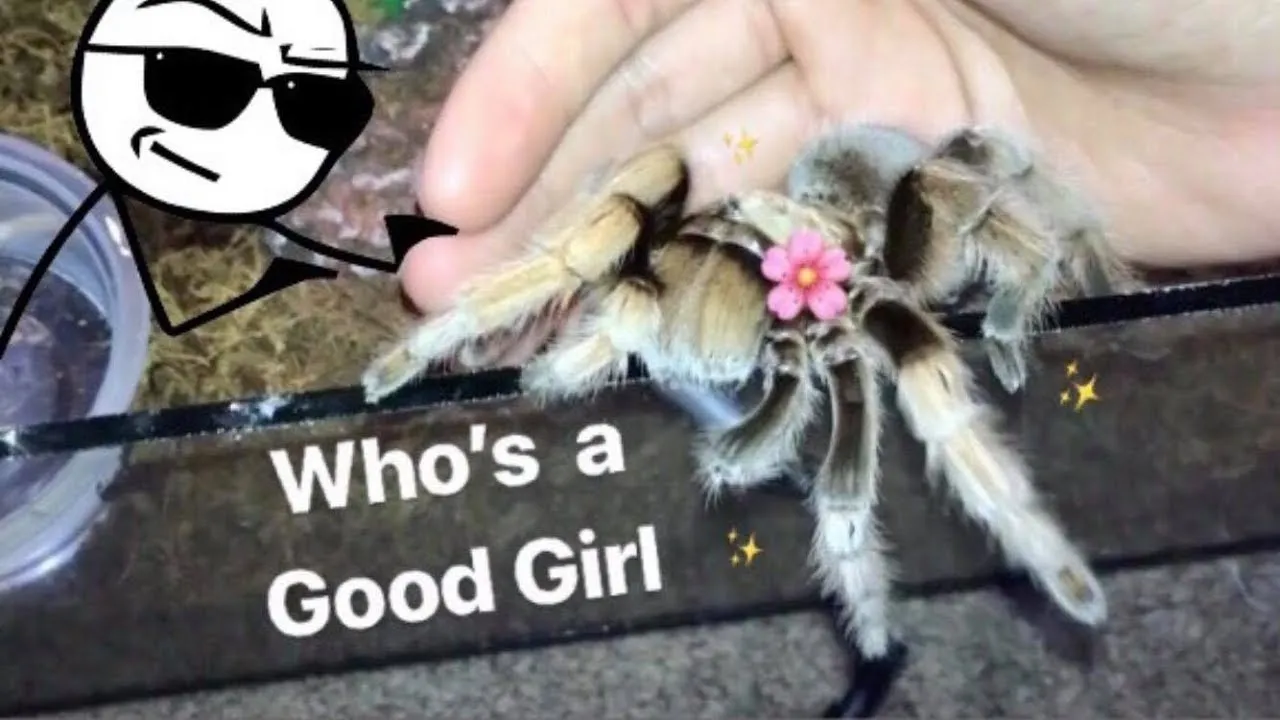
Appearance and Characteristics
The Curly Hair tarantula (Tliltocatl albopilosus), is recognizable by its distinct appearance. The hairs that cover their bodies are curly and give them a unique look. They range from dark brown to a lighter bronze color, adding to their appeal. The Curly Hair has a calm demeanor and is a good tarantula choice. They reach about 4-6 inches in leg span and have a manageable size, making them a good option for new owners. Their relatively long life span is another positive attribute for those looking for a lasting companion.
Temperament and Handling
Curly Hairs are known for their gentle temperament, which makes them a favorite among beginners. They are generally docile and rarely bite, but can kick hairs off their abdomen when they feel threatened. They’re less likely to be defensive compared to more aggressive species, making them comfortable for observation and, with caution, light handling. However, as with all tarantulas, it’s important to approach them calmly and avoid sudden movements. When handled, it is best to let them walk onto your hand rather than grabbing them.
Care and Habitat
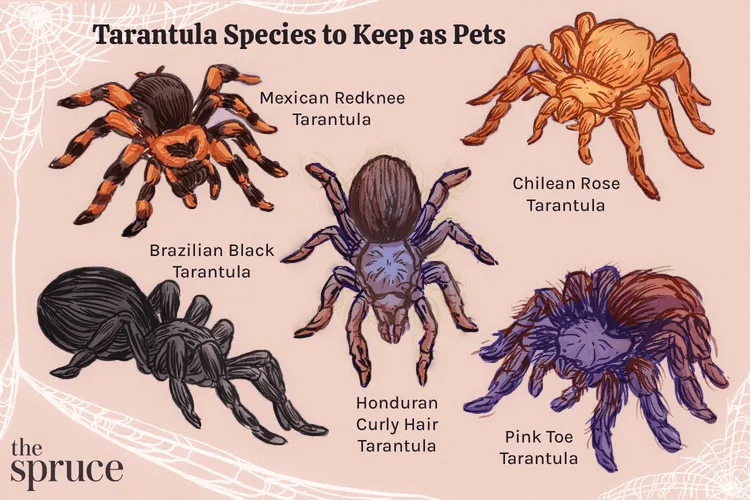
Caring for a Curly Hair tarantula is generally straightforward. A 5-10 gallon terrarium with a secure lid is a suitable habitat. Provide a substrate of peat moss, coconut fiber, and a little vermiculite to retain moisture. Maintain a temperature between 70-80°F and moderate humidity. Provide a shallow water dish for hydration and a hide, such as a piece of cork bark or a half-log, for security. Feed them a diet of appropriately sized insects, such as crickets, mealworms, or roaches, one or two times per week. They will also appreciate a small amount of ventilation.
The Mexican Red Knee Tarantula
Appearance and Characteristics
The Mexican Red Knee tarantula (Brachypelma hamorii) is a stunning species and a popular choice due to its striking appearance. This terrestrial tarantula is recognized by its black body and vibrant red-orange markings on its legs. They are a bit larger than the previously mentioned species, reaching a leg span of up to 5-6 inches, and are also known for their longevity, and they’re not as active compared to some other species. Their beautiful appearance makes them a great conversation starter, and a fun pet to watch.
Temperament and Handling
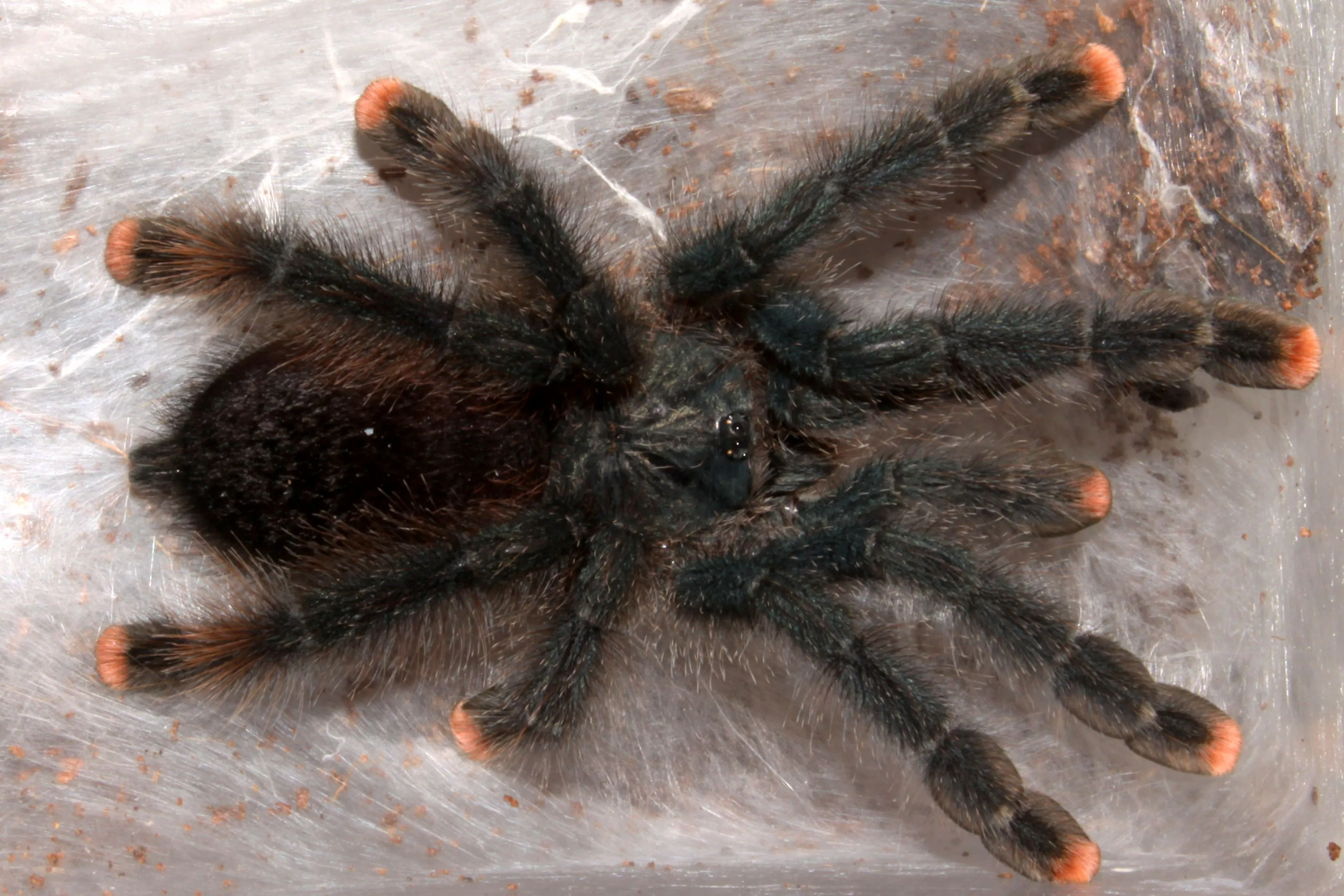
Mexican Red Knees are known for their calm temperament, making them generally suitable for beginners. While they are docile, it is important to approach them with respect. They are less likely to bite unless severely provoked, but they can kick urticating hairs as a defense. Handling should be kept to a minimum and done gently. When handling, it is important to let them walk onto your hand rather than grabbing them. Always wash your hands after interacting with them to avoid any potential irritation from their hairs.
Care and Habitat
Setting up a habitat for a Mexican Red Knee tarantula is not complicated. A 10-20 gallon terrarium is appropriate. The substrate should be a mix of peat moss, coconut fiber, and a bit of vermiculite to retain moisture. Maintain a temperature between 70-80°F and a moderate humidity level. Provide a shallow water dish for hydration. These tarantulas also need a hide, such as a piece of cork bark or a half-log, to feel secure. Feed them appropriately sized insects, such as crickets, mealworms, or roaches. Regular substrate spot cleaning is also important to maintain hygiene.
The Trinidad Olive Tarantula
Appearance and Characteristics
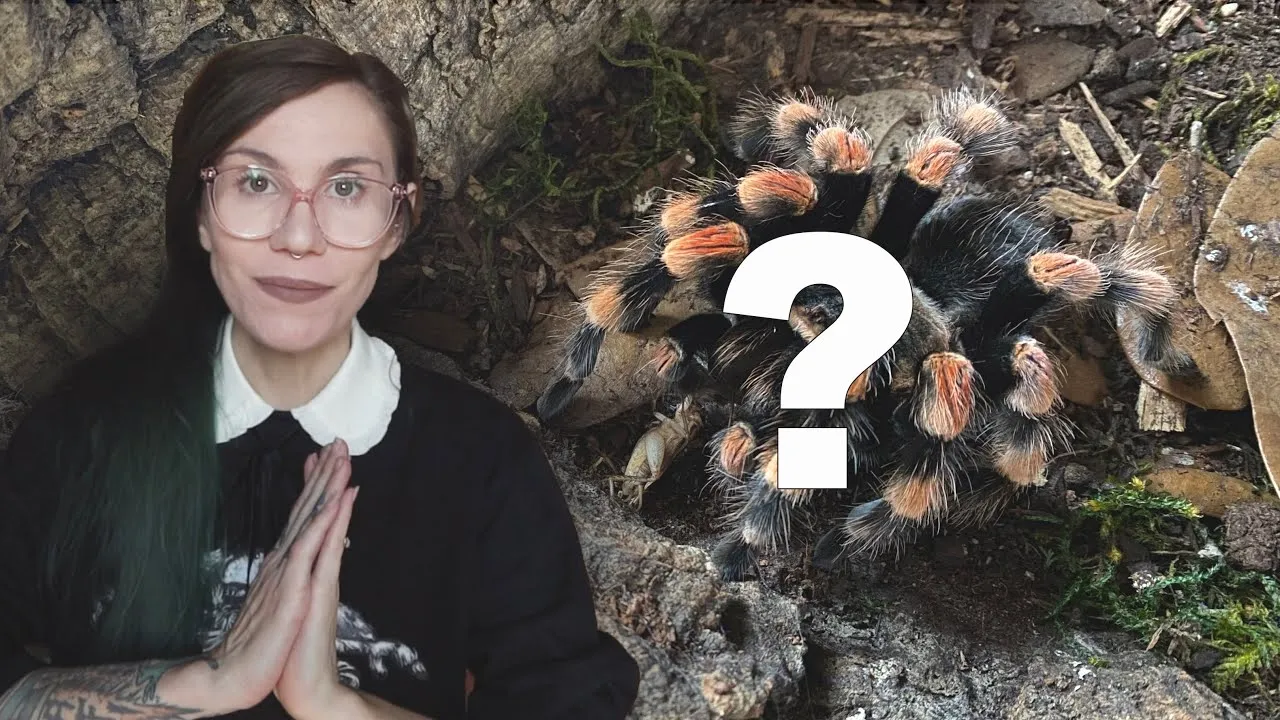
The Trinidad Olive tarantula (Holothele incei) is a small, but interesting species, gaining popularity due to its docile nature and ease of care. They are known for their olive-brown coloration, and they also feature a unique and beautiful color. They are smaller than many other tarantulas. Reaching an adult leg span of about 3-4 inches, they are great for those with limited space. Their modest size and calm personality make them a good choice for people that have an interest in these kinds of pets, and they are also easy to maintain.
Temperament and Handling
Trinidad Olive tarantulas are generally docile and not prone to biting, making them a good option for beginners. They are also not as likely to flick hairs as other species. However, caution is always necessary. Handling should be done cautiously, and preferably avoided, as it can cause stress. If you do need to handle them, approach them calmly and gently. It is best to simply observe them in their enclosure, which is likely the best way to enjoy this species.
Care and Habitat
The Trinidad Olive tarantula is fairly easy to care for. A small terrarium, about 5-10 gallons, is sufficient. The substrate should consist of a mix of peat moss, coconut fiber, and a little vermiculite. Maintain a temperature between 70-80°F and a moderate humidity level. Provide a shallow water dish for hydration, and a hide, such as a piece of cork bark or a half-log. They do not require a great deal of space, but they do require a secure habitat to thrive. Regular feeding with small insects, like pinhead crickets, is also important.
Essential Care Tips for All Beginner Tarantulas
Habitat Setup and Maintenance
Maintaining the right habitat is crucial for a tarantula’s well-being. The enclosure should be the appropriate size for the species. The size of the enclosure is important for all tarantulas. Secure lids are essential to prevent escapes. The substrate should be suitable for the species. Regularly clean and maintain the enclosure to prevent mold growth. Keep humidity levels appropriate for the species by misting the enclosure, as needed. Provide a water dish and make sure it is always filled with fresh water. Maintain the appropriate temperature range by providing a heat source, if necessary, and ensure proper ventilation.
Feeding Your Tarantula
Feeding your tarantula properly will help it grow. Feed them with appropriate sized insects. Feed juveniles more often than adults. Ensure the prey is safe, healthy, and free from pesticides. Remove uneaten prey items to prevent stress and avoid the formation of mold. Consider variety in the diet, but be sure that it is appropriate for the species of tarantula you own. Observe your tarantula’s eating habits to monitor health and development. Overfeeding is often more harmful than underfeeding, so avoid overfeeding to prevent health problems.
Handling and Safety
Handling tarantulas should be done with great care. Approach the tarantula calmly and slowly. Avoid sudden movements, and do not startle the spider. Allow the tarantula to walk onto your hand, instead of grabbing it. Handle tarantulas over a soft surface, just in case they fall. Be aware of the tarantula’s defense mechanisms and be prepared to deal with them. Wash your hands after handling them, and avoid touching your face or eyes. If you have any allergies, you should be especially careful when handling a tarantula, or avoid it completely.
Conclusion
Choosing a tarantula is a rewarding experience for the right person. By understanding the basic care requirements and selecting a beginner-friendly species, such as the Chilean Rose Hair, you can enjoy these fascinating creatures. Remember to research the specific needs of the species you choose, and always prioritize the safety and well-being of your pet. With the right knowledge and care, you will be well on your way to becoming a successful tarantula owner. Enjoy the journey of learning about these amazing animals!
